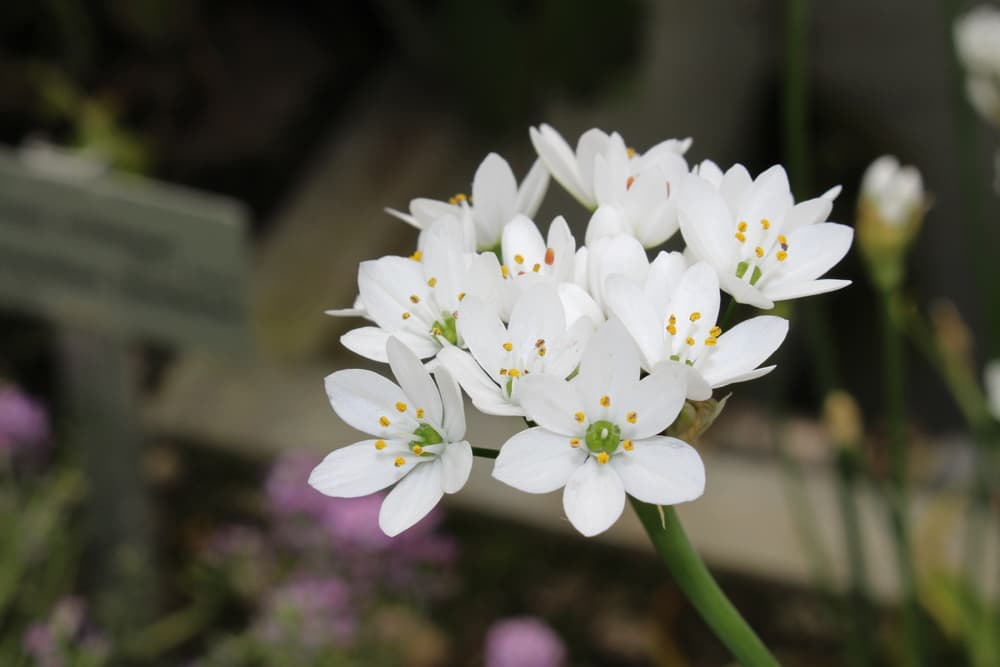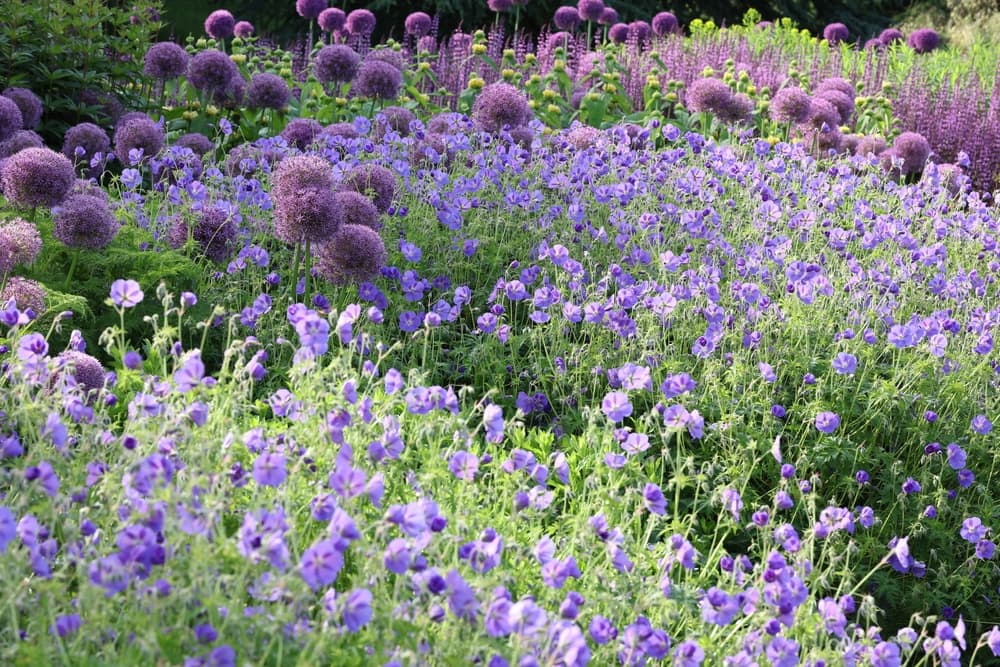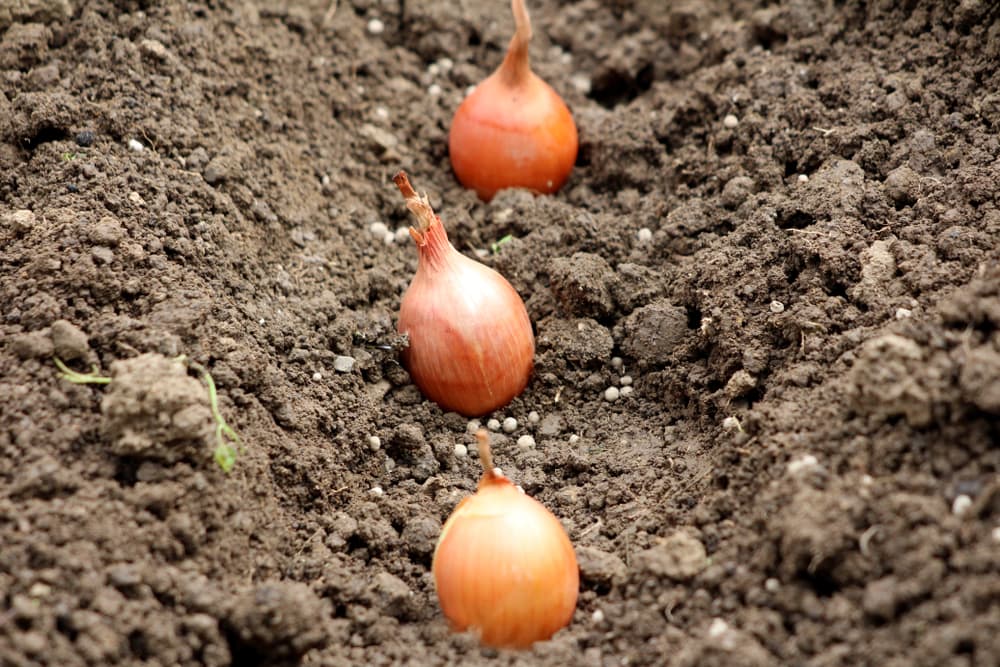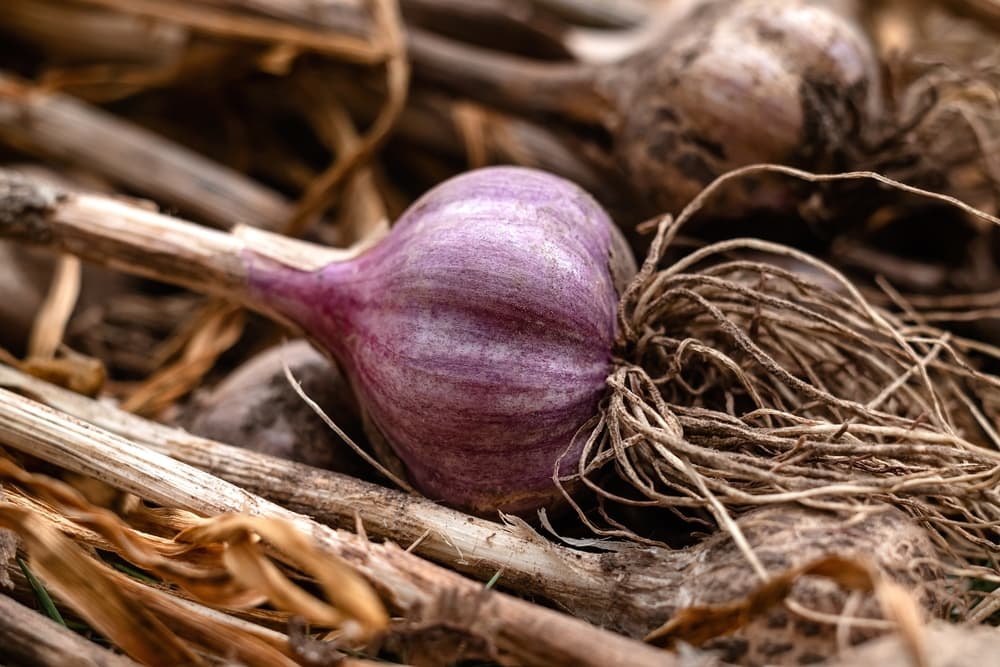How To Grow Ornamental Onions – These Pom Pom Shaped Flowers Suit Any Garden!

BULBS > ALLIUM
Reviewed By COLIN SKELLY

Colin is a Horticulturist and Horticultural Consultant with experience in a range of practical and managerial roles across heritage, commercial and public horticulture. He holds the Royal Horticultural Society’s Master of Horticulture award and has a particular interest in horticultural ecology and naturalistic planting for habitat and climate resilience.
Contributions From MOLLY HOLLMAN

Molly Hollman has received numerous accolades for her garden & plant photography, including winning the Portfolio category of the Garden Photographer of the Year in 2022 and becoming a finalist in the International Close-Up Photographer of the Year in the same year. Molly is also the author of Creative Flower and Plant Photography and writes for the magazine Amateur Photographer on a regular basis.
IN THIS GUIDE
We have umbels loose and densely-packed, florets erect and pendent, and complementary colours of sunny yellow and vibrant purple – that’s the ornamental Allium.
These plants produce bunches and clusters of tiny flowers in late spring and summer that sashay and sway in the breeze on their slender stems.
They are perfect as companion plants or for mass plantings.
Many Alliums flowers exude an oniony smell, just as many are in some tone of purple.
And equally many species’ flowers are in the form of pom-pom-like inflorescences.
“I love photographing plants with distinct seed heads such as Alilums, which can create such symmetrical compositions,” shares Molly Hollman, a Plant Photographer.

The Allium genus includes onion, garlic, leek, shallot, chives, and what we are interested in here: pretty flowering plants that are grown as ornamentals, albeit not as central or showy ones.
Alliums are actually a genus of plants whose bulbs and leaves are flavourful and edible.
Some, such as the aforementioned onion and garlic, are considered purely edible plants, though many varieties certainly put out pretty flowers, whereas others are grown as flowering plants, though both the bulbs and the flowers are edible and often tasty.
Overview
| Botanical Name | Allium |
| Common Name(s) | Ornamental Onions |
| Plant Type | Bulbs |
| Native Area | Europe, Asia, Africa |
| Hardiness Rating | H6 |
| Foliage | Deciduous |
| Flowers | Small flowers on pompom umbels |
| When To Sow | October, November |
| Flowering Months | May, June |
Sunlight
Preferred
Full Sun
Exposure
Sheltered
Size
Height
0.5 – 1M
Spread
0.1 – 0.5M
Bloom Time
May & June
Soil
Preferred
Most Soil Types
Moisture
Moist but well drained
pH
Any
Though some species of Allium have been bred purely for the edible bulbs and are not supposed to bolt (run to flower) and which species cannot be considered flowering varieties, the line dividing edible Alliums and decorative Alliums is neither hard-and-fast nor scientific; it is quite arbitrary.
Allium flowering plants have a lot going for them – they are low-care to no-care, fully hardy, reliable perennials.
Their flowers are definitely unusual, being florets in pom-pom-shaped and other types of inflorescences and umbels.

While some species’ inflorescences come in white and soft tones of mauve, others provide vivid and vibrant splashes of purple and pink.
They attract butterflies but repel most garden pests!
And though you certainly are not going to dig up a bulb to consume it, these pretty ornamentals will be a source of stems and leaves which you can use as pot-herbs to lend a leeky, shalloty flavour or that you can use as a substitute for scallions in a salad.
Habitat & Growing Conditions
As Alliums are native to or naturalised over a vast range of habitats, from the Northern reaches of Russia and Canada down to Northern Africa, their habitats and growing conditions vary considerably.1Allium (n.d.). Kew Royal Botanic Gardens. Retrieved March 9, 2023, from https://powo.science.kew.org/taxon/urn:lsid:ipni.org:names:30000901-2

Some species grow wild in dry conditions on the steppes and plateaus of Central Asia.
Others grow in moister habitats in open grasslands and shady woodlands of the United States.
Still others grow in meadows and fields, and are even found in fens, in Europe.
Planting
Where To Plant
If there ever was a companion plant or a ‘co-star plant’, Allium is it.
They make for superb fillers, interesting and colourful in their own rights, to be planted between, behind, and around, late spring to early summer’s leading flowering stems such as some Amaryllis, many Irises, Columbines, and Poppies.
On the other hand, some Allium species, such as A. ‘His Excellency’ and A. hollandicum ‘Purple Sensation’, are excellent choices for mass plantings in view of the shape and colour of their blooms, and also the movement they bring to a garden as they sway and nod in the breeze.

Other varieties that produce appealing clusters in pleasing and gentle hues are just as good for borders and edging, and for growing along the side of a porch or patio.
These include A. stellatum and A. flavum.
Some varieties, like A. cyaneum, are made to order for rock gardens.
At the other end of the spectrum, a few varieties are unquestionably suited to architectural plantings, for example, ‘Mount Everest’ and ‘His Excellency’.
It is easy to grow Allium with such plants whose foliage and flowers will conceal Allium’s fading, yellowing and dying foliage through the summer, because – as for other bulbous plants – the leaves must be left untouched so they can generate energy stores for the bulbs to regenerate after the dormant winter season.

Alliums should not be grown in a windy spot, let alone a blustery one, because strong winds will tear apart the delicate inflorescences.
On the other hand, a gentle wind will greatly heighten the joy of these plants as they will bob and sway merrily in the breeze.
In the UK Alliums are best planted in full sun.
How To Plant
The ‘best’ time to plant these late spring- and early summer-blooming bulbs is early-to-mid November.
Different species’ bulbs vary quite widely in size and even within a species, bulb sizes will differ.
You will read some gardening how-tos advising you to plant Allium bulbs at twice the depth of the bulb’s height, and others telling you to plant at thrice the depth.

Well, both are correct; the ‘right’ depth is implied by a few factors, most importantly the soil.
The more loose, dry, and sand-based your soil is, the deeper you should plant a bulb, say at a depth that is thrice a given bulb’s height.
The more compacted, moist, or clayey your soil is, the shallower you should plant a bulb, say twice a given bulb’s height.
Water bulbs after planting and do so lightly through the winter though rainfall may well provide sufficient water.
Allium Plant Care
Soil Requirements
Alliums are not fussy about soil or, indeed, anything else.
All Alliums will be happy in a good all-round loam mix.
The soil should drain well; a Slightly Acidic soil pH is preferred.
“If you have heavy soil, as I do, then one option is to plant alliums into raised areas that drain more freely,” recommends RHS Master of Horticulture Colin Skelly.
Sulphates
The characteristic pungent odour and taste of garlic and onions, which is also present to a lesser degree in ornamental Alliums, depends upon the amounts and concentrations of sulphates in the soil.
No sulphates, no pungency; high sulphates, high pungency.
You can chemically control your soil’s sulphate content, though it can be a tricky business.
Feeding
Alliums may be fertilised just when the leaves being to show.
A light feeding with 5-5-10 fertiliser or a bulb fertiliser would be beneficial.

They can be fed similarly once again after the flowering season is over.
At this time the plant’s water needs will increase and watering should be more regular.
Cutting Back
Though blooms may be deadheaded throughout the flowering season, do not cut off the foliage (unless you wish to enjoy fresh greens with your supper!).
Let them wither and die.
In autumn the plants can be cut down to the ground.
Division
Once every three years or so you may want to dig up the bulbs in late autumn so as to divide them.
You can plant new ones in pots and then gift potted Alliums in spring.
Some Alliums are not bulbous plants but grow from rhizomes or rhizomatous roots.
These types should be dug up in spring for division which is done by carefully separating the rhizome clump with a sharp blade.

Before winter sets in, though most Allium bulbs are hardy, you could cover the soil with a thin layer of leaf mulch.
Common Problems
Almost all Allium species that are naturalised to Europe and almost all garlics and leeks, are virtually impervious to pests.
The only exceptions are onions and shallots which may fall victim to slugs.
All Alliums repel rodents, deer, and harmful insects including Japanese beetle, while attracting butterflies.
However, Alliums are susceptible to a couple of diseases, namely downy mildew and onion white rot.
The latter is a fungal disease that is nearly impossible to treat.
The harmful organisms can lie dormant and persist in the soil for many years.
References
- 1Allium (n.d.). Kew Royal Botanic Gardens. Retrieved March 9, 2023, from https://powo.science.kew.org/taxon/urn:lsid:ipni.org:names:30000901-2

